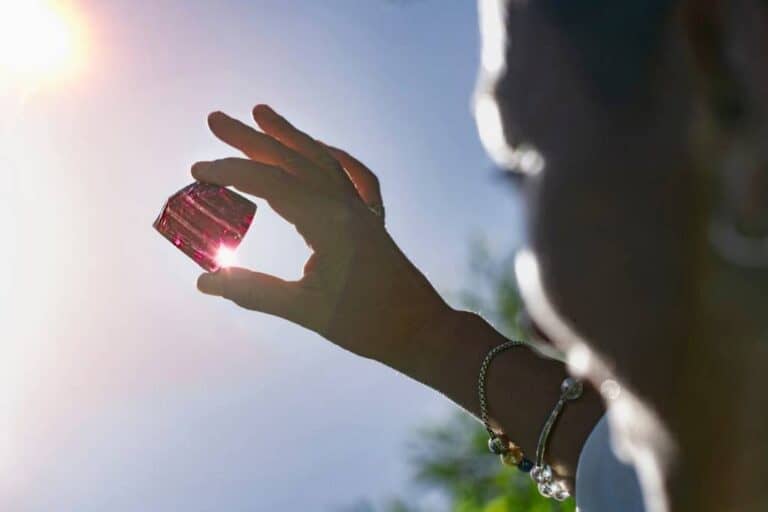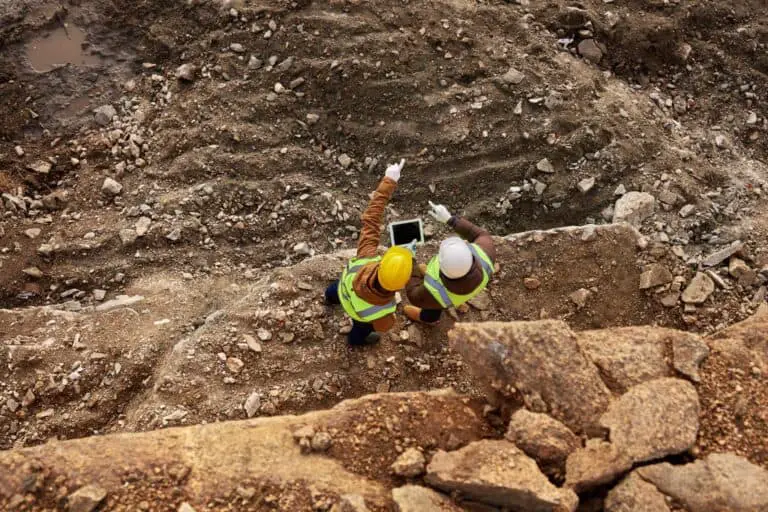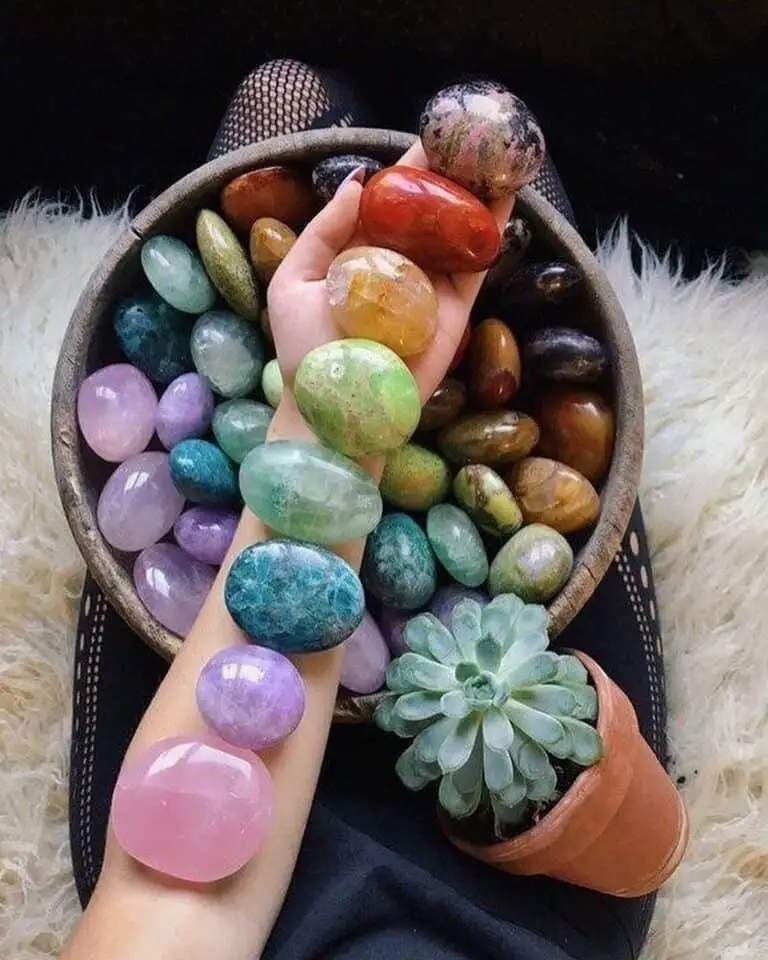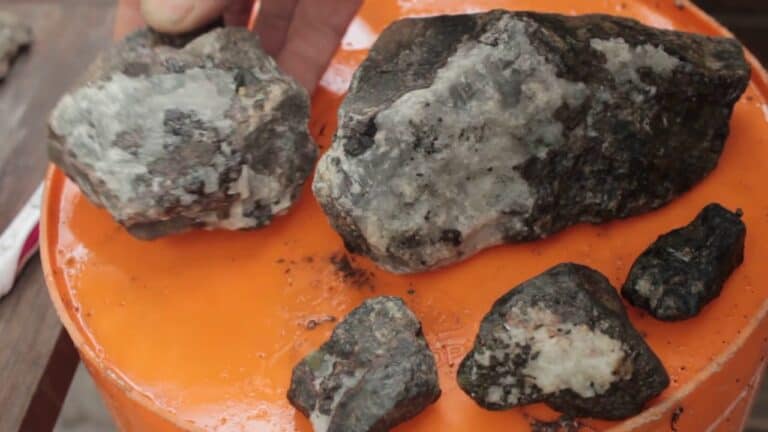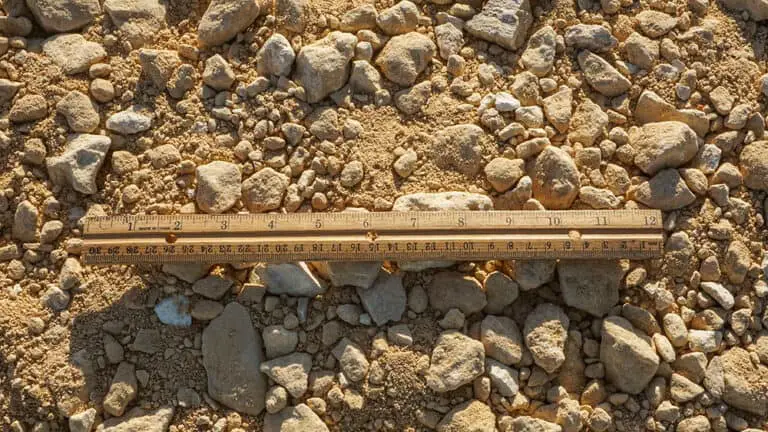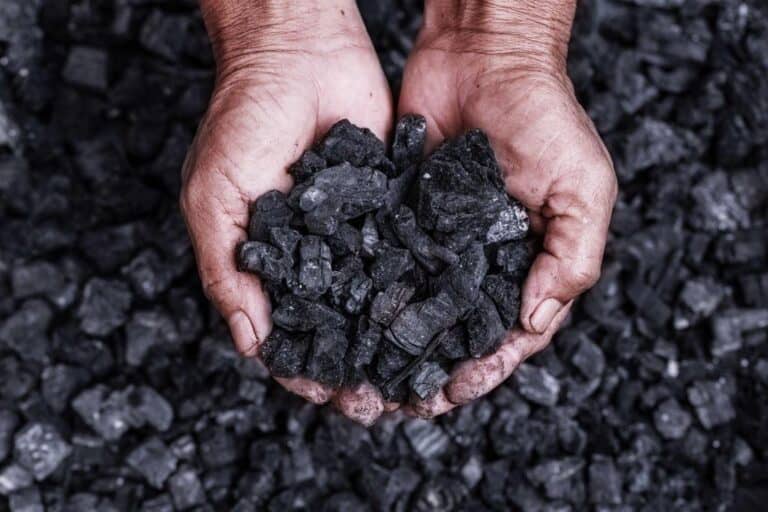Is Black Obsidian a Stone or Crystal? Understanding its Classification
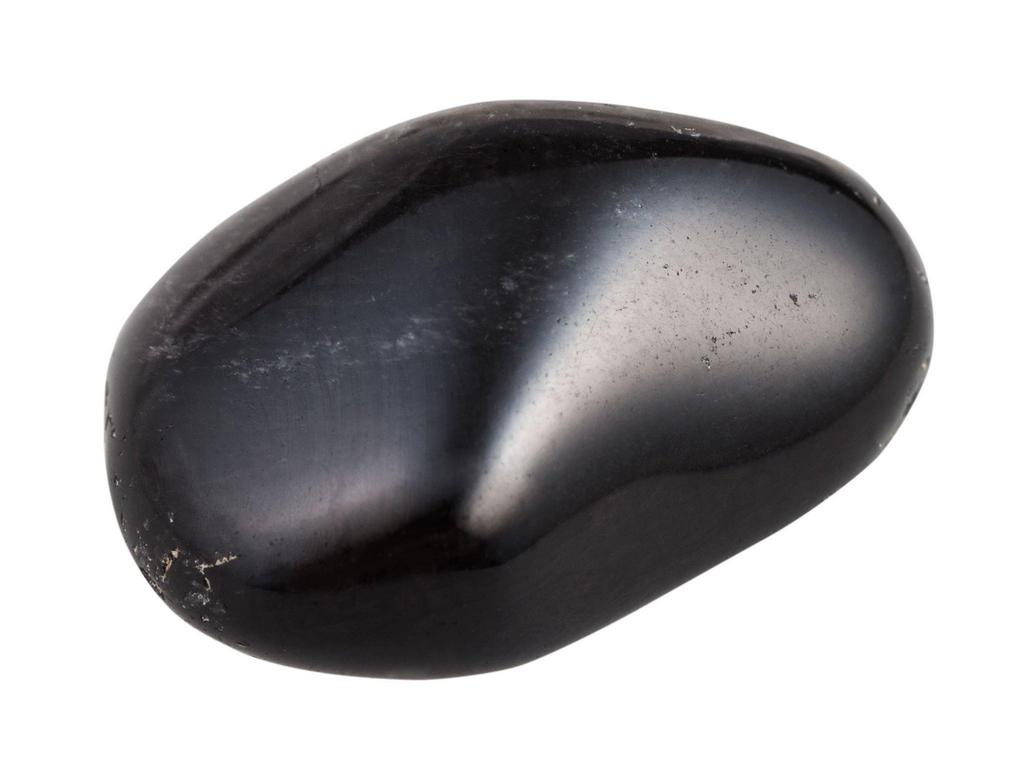
Are you someone who loves gemstones and crystals? Perhaps their distinctive colors, shapes, and characteristics fascinate you. One type of stone that you may have heard of is black obsidian. Black obsidian is a striking volcanic glass that has been used for centuries for its beauty and healing properties.
But have you ever wondered whether it’s classified as a stone or crystal? This dark and mysterious rock is a popular choice for jewelry and home decor, but its classification can be a bit confusing.
In this article, we will dive into the world of black obsidian and explore its classification as a stone or crystal. By the end, you will have a better understanding of what black obsidian is and why it’s such a sought-after material.
What is Black Obsidian?
Before we dive into whether black obsidian is a stone or a crystal, let’s first take a look at what it is. Black obsidian is a type of natural glass that is formed when lava cools rapidly and without crystallization. It is typically black in color, but can also be brown, green, or even red.
Obsidian is composed mainly of silicon dioxide, which is the same chemical compound found in quartz, a well-known mineral. However, unlike quartz and other minerals, obsidian does not have a crystalline structure. Instead, it has a smooth, glassy texture that can sometimes resemble plastic or resin.
Stones vs. Crystals
To understand whether black obsidian is a stone or a crystal, we need to define what each of these terms means.
Stones
In geology, the term “stone” refers to any solid, naturally occurring substance that is made up of minerals or mineraloids. Stones can be classified based on their physical properties, including color, texture, and hardness. Stones can include rocks, minerals, and other substances that are found in the Earth’s crust.
Crystals
A crystal is a solid material that has a regular, repeating pattern of atoms or molecules. This results in a characteristic shape and physical properties, such as transparency and light-refracting abilities. Crystals can be made up of one or more types of minerals, and they can have a wide range of shapes and colors.
Physical Properties of Black Obsidian
Black obsidian has several physical properties that distinguish it from other stones and crystals. It has a hardness of 5-5.5 on the Mohs scale, which is relatively soft compared to many other minerals. It is also brittle and can easily fracture, which makes it difficult to carve or shape. Its density is around 2.4-2.6 g/cm3, which is similar to that of many other minerals.
| Property | Value |
| Chemical Formula | SiO2 |
| Color | Black |
| Texture | Glassy |
| Hardness | 5-5.5 |
| Density | 2.4-2.6 g/cm3 |
The Debate Over Black Obsidian’s Classification
Given its unique composition and physical properties, there is some debate over whether black obsidian should be classified as a stone or a crystal. Some argue that because it does not have a crystalline structure, it cannot be considered a crystal. Others point to its mineral composition and argue that it should be classified as a stone.
One factor that complicates the classification of black obsidian is that it can sometimes contain small crystals of other minerals, such as feldspar or mica. These crystals can be difficult to see with the naked eye, but they can be observed under a microscope. This has led some to classify black obsidian as a “crystal-containing stone.”
Another factor to consider is that the classification of minerals is not always straightforward. There are many gray areas and exceptions to the rules. For example, opal is considered a mineral, even though it does not have a crystalline structure.
Is Black Obsidian a Stone or Crystal?
Based on the definition of stones as solid substances made up of minerals or mineraloids, black obsidian can be considered a stone. While obsidian does not have a crystalline structure, it is still a solid substance that is found in the Earth’s crust. While obsidian does have a highly ordered atomic structure, it does not have the repeating pattern that is characteristic of crystals.
In fact, obsidian is often classified as a mineraloid, which is a mineral-like substance that does not have a crystalline structure. Other examples of mineraloids include amber, coal, and opal.
However, it is important to note that not all stones are crystals, and not all crystals are stones. For example, quartz is a crystal that is made up of the mineral silicon dioxide, which is also found in obsidian. However, quartz has a crystalline structure, while obsidian does not.
How to Use Black Obsidian
Whether you consider black obsidian a stone, a crystal, or a mineraloid, there are many ways to use this beautiful and unique material. Here are a few ideas:
Jewelry
Black obsidian is a popular material for jewelry, especially in the form of beads, pendants, and earrings. The smooth, glassy texture of the stone makes it a perfect match for contemporary and minimalist designs.
Decorative Objects
Black obsidian can also be used to create decorative objects like bowls, vases, and sculptures. Its dark color and unique texture can add a touch of elegance and sophistication to any space.
Spiritual and Metaphysical Practices
As mentioned earlier, black obsidian is often used in spiritual and metaphysical practices for protection and grounding. It can be carried as a talisman, placed on an altar, or used in meditation.
Conclusion
So, is black obsidian a stone or a crystal? The answer is not a simple one, as obsidian does not fit neatly into either category. While it does not have a crystalline structure like many minerals, it is still a solid substance that is found in the Earth’s crust.
Whether you consider it a stone, a crystal, or a mineraloid, there’s no denying that black obsidian is a fascinating and beautiful material with a wide range of uses and applications.

